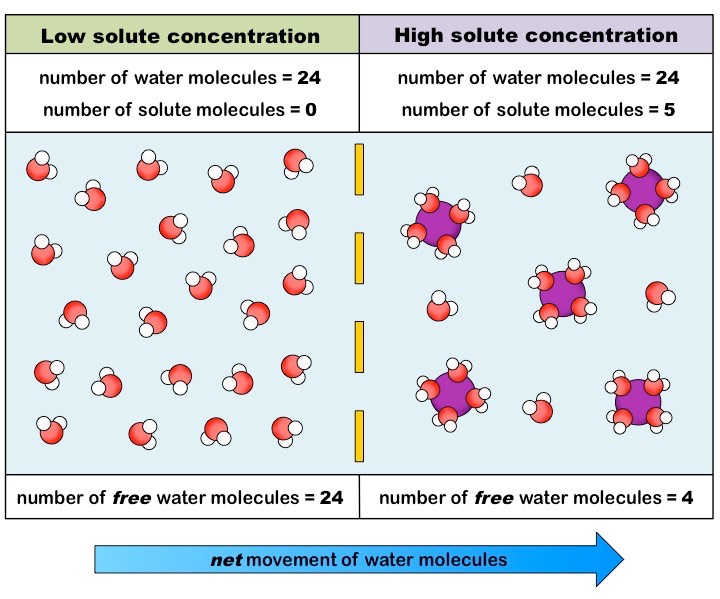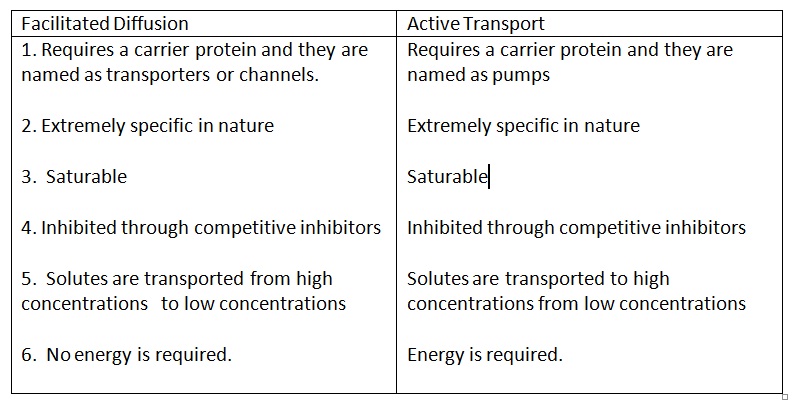

The organization and characteristics of a membrane are responsible for the permeability of the membrane.Ī state of homeostasis within the cell (tissues, organs, and organ systems) is maintained with the help of the cell membrane, which makes the organism stay alive and healthy. The selectively permeable or semipermeable phospholipid membrane, which is the most important feature of the cell, has control over the molecules of the cell.

They have similar purposes but different movements. Waste products are also eliminated with the help of passive and active transport. Ions moving from soil into plant roots is another example of active transport.Active and passive transport are two processes that help supply nutrients, water, oxygen, and other essential molecules to the body’s cells. This is active transport, as there is not a difference in solute concentration, as when the water entered the root cells from the soil. Another example would be the movement of water from plant root cells to other plant cells. Active transport is important in the kidney for hanging on to the substances needed by the body such as glucose and some sodium ions. Cells which carry out a lot of active transport often have lots of mitochondria to give them the energy they need. This uses energy from cellular respiration.Īctive transport is used to move substances into cells and out of cells. The transport protein then rotates through the membrane and releases the particle on the other side of the membrane. In active transport a special transport protein in the cell membrane picks up the useful particle on one side of the membrane. Another common example would be the movement of glucose from the blood (higher concentration) to the cells (lower concentration).Īctive transport uses energy to move substances against (up) a concentration gradient or across a partially permeable membrane. Carbon dioxide also diffuses from the blood, where its concentration is higher, to the air in the lungs. This movement is diffusion, as oxygen concentration is higher in air, than in the blood. For example, in the lungs, oxygen moves from the air to the blood. The difference in concentration is known as the concentration gradient.ĭiffusion is very important in the body for the movement of substances. If there is a big concentration difference diffusion will take place more rapidly than if there is only a small concentration difference. Diffusion results in the overall (net) movement of particles from an area of high concentration to an area of low concentration down a concentration gradient. The higher the temperature, the faster the particles move, and the faster diffusion takes place. It is caused by the random movement of the particles. Diffusion is the spreading out of the particles of a gas or any substance in solution.


 0 kommentar(er)
0 kommentar(er)
